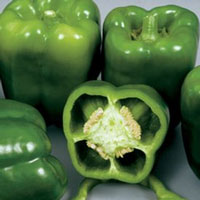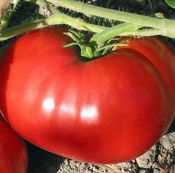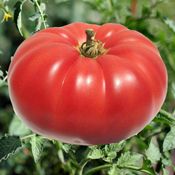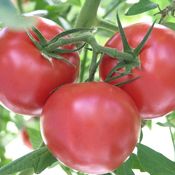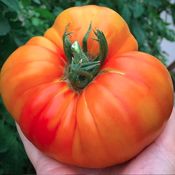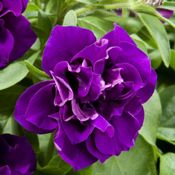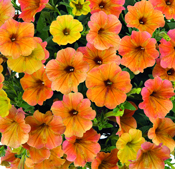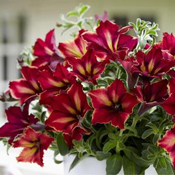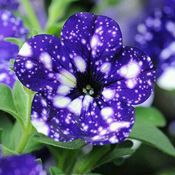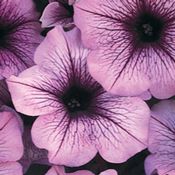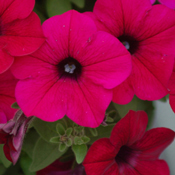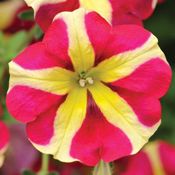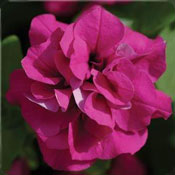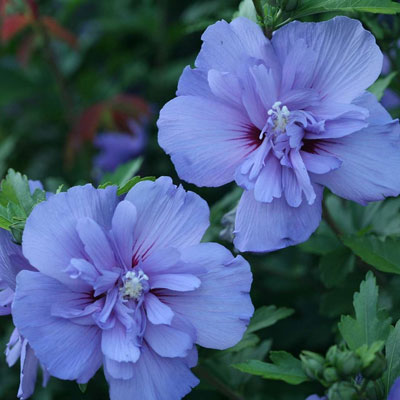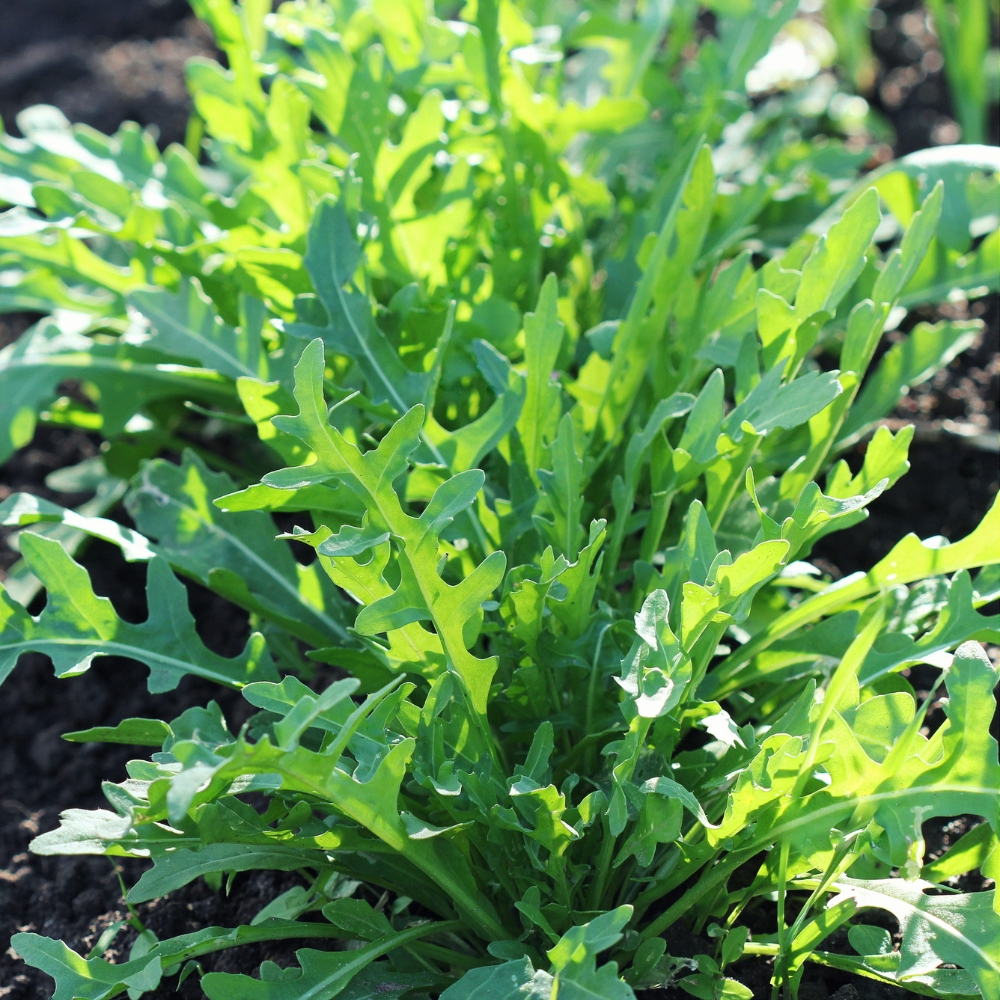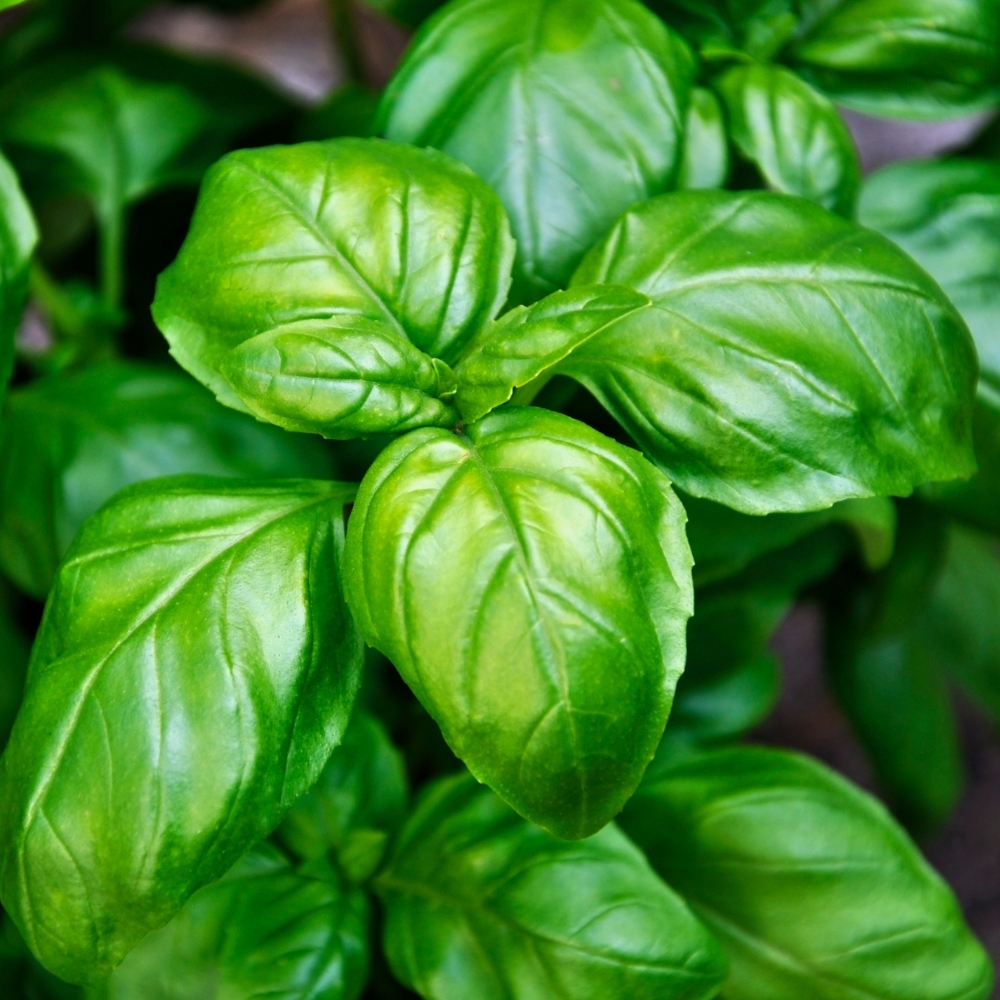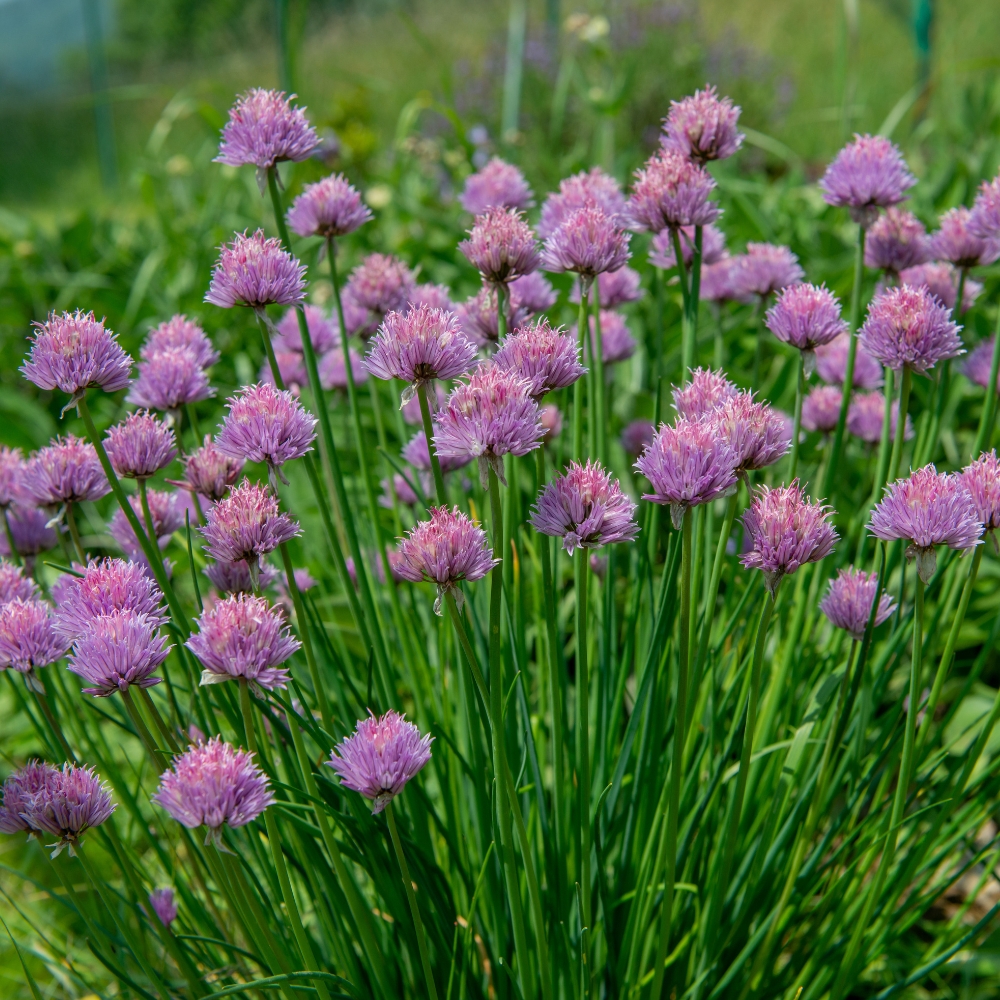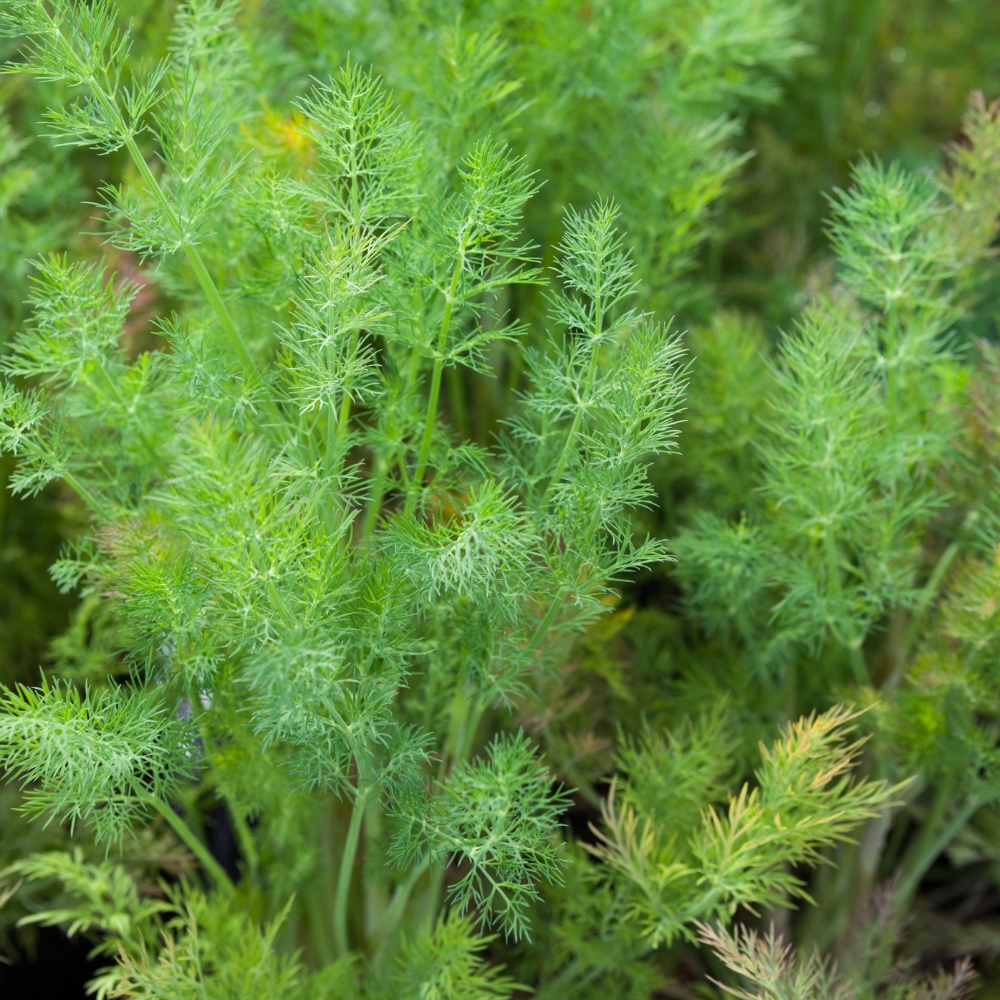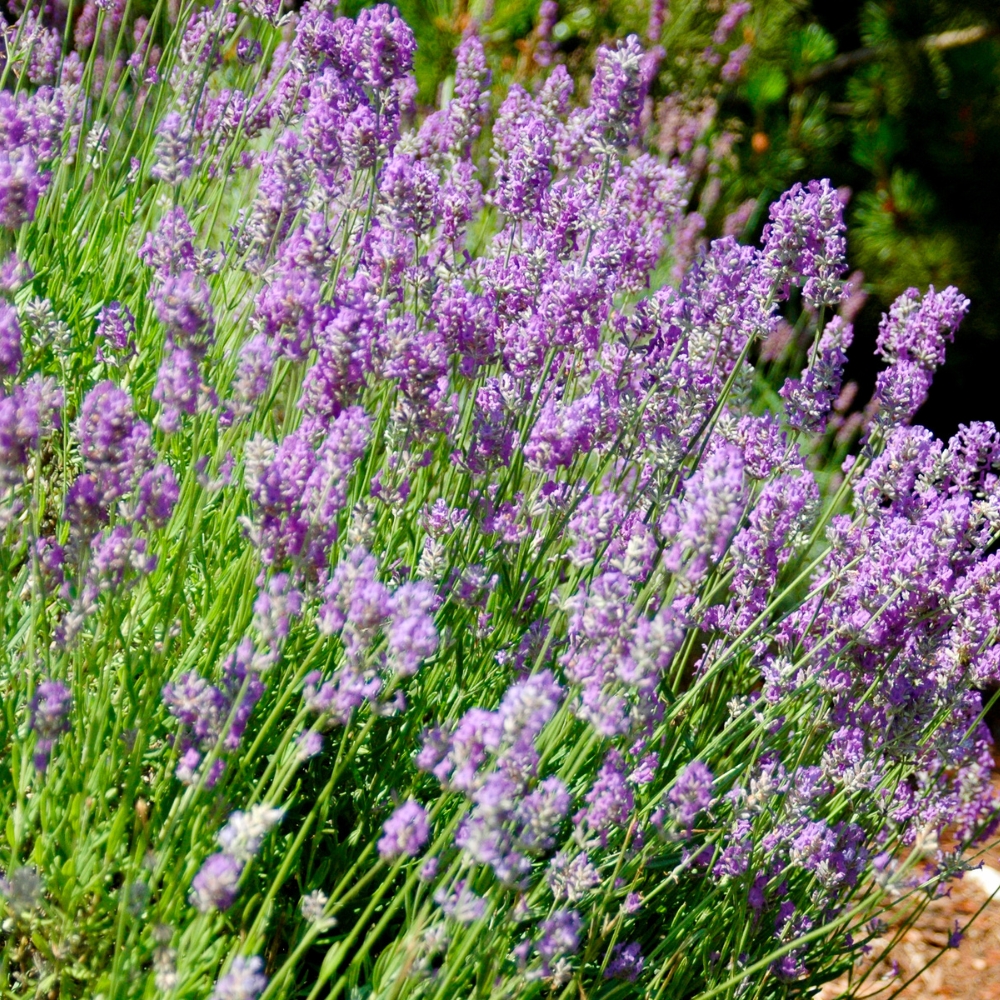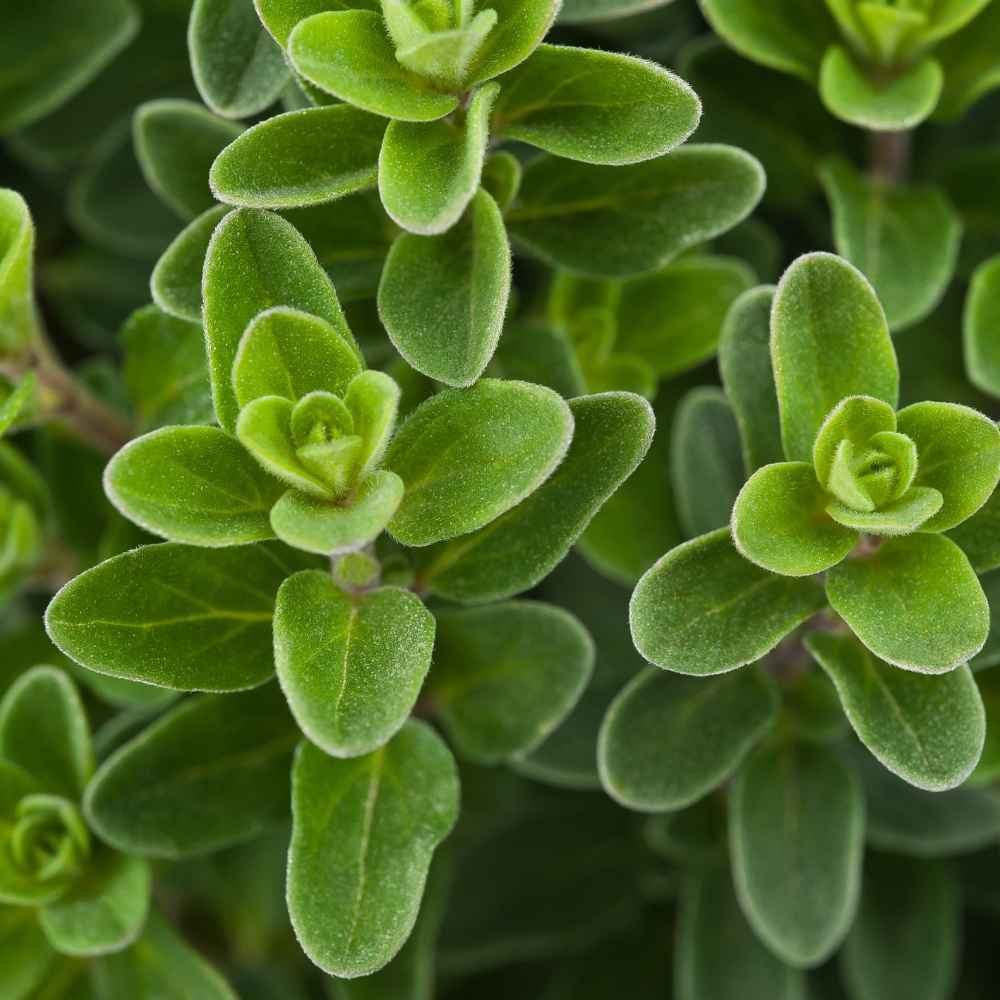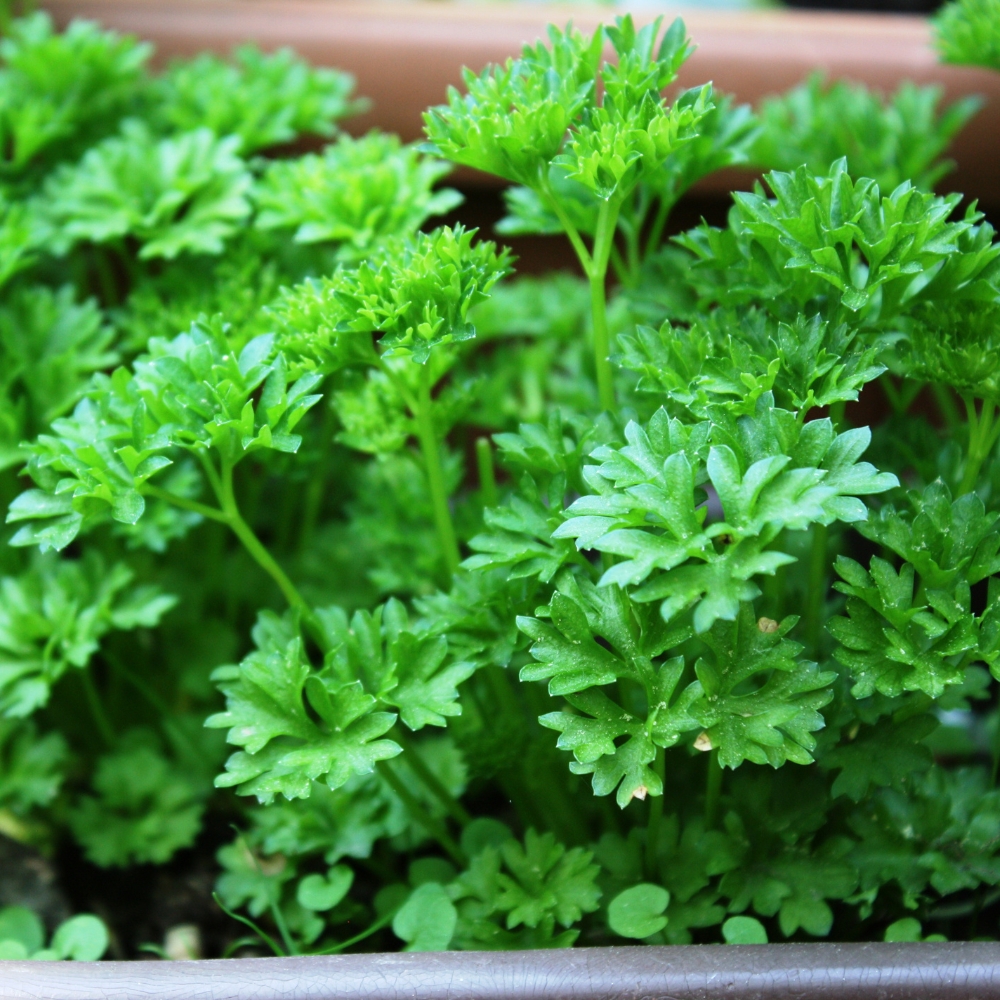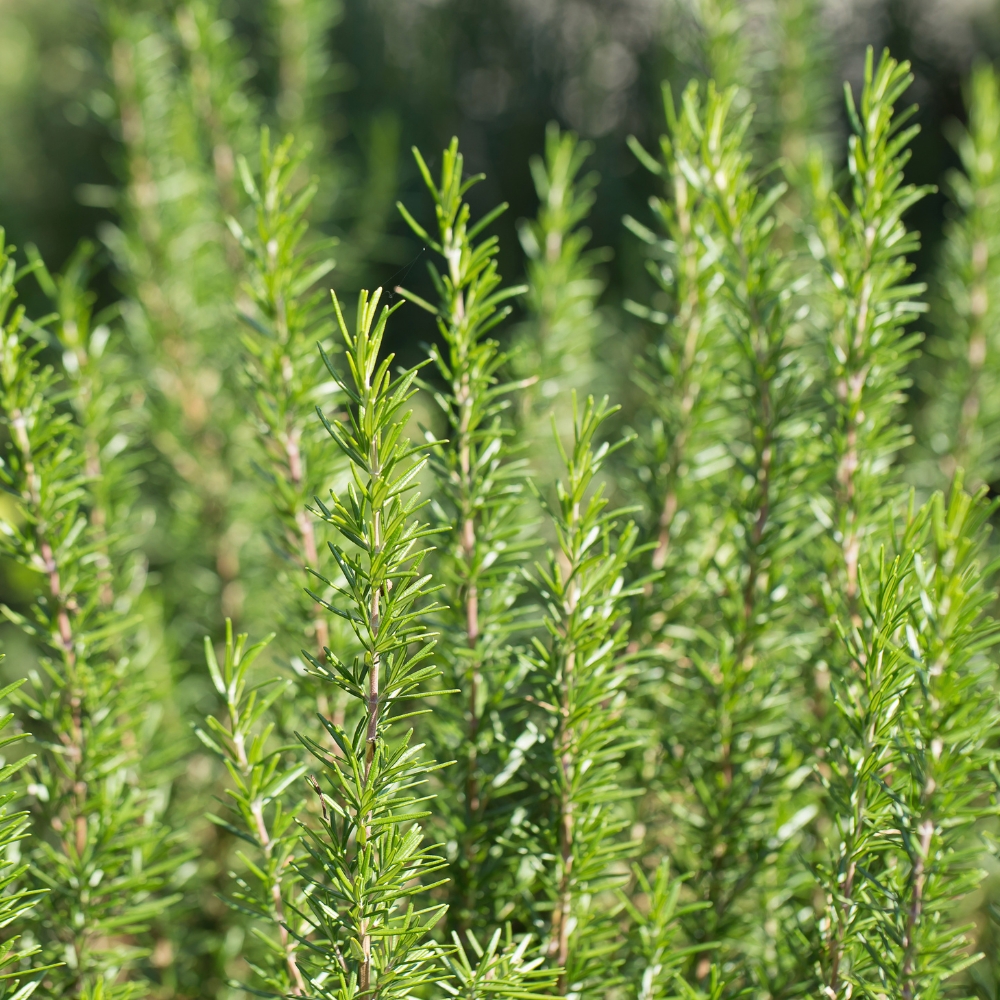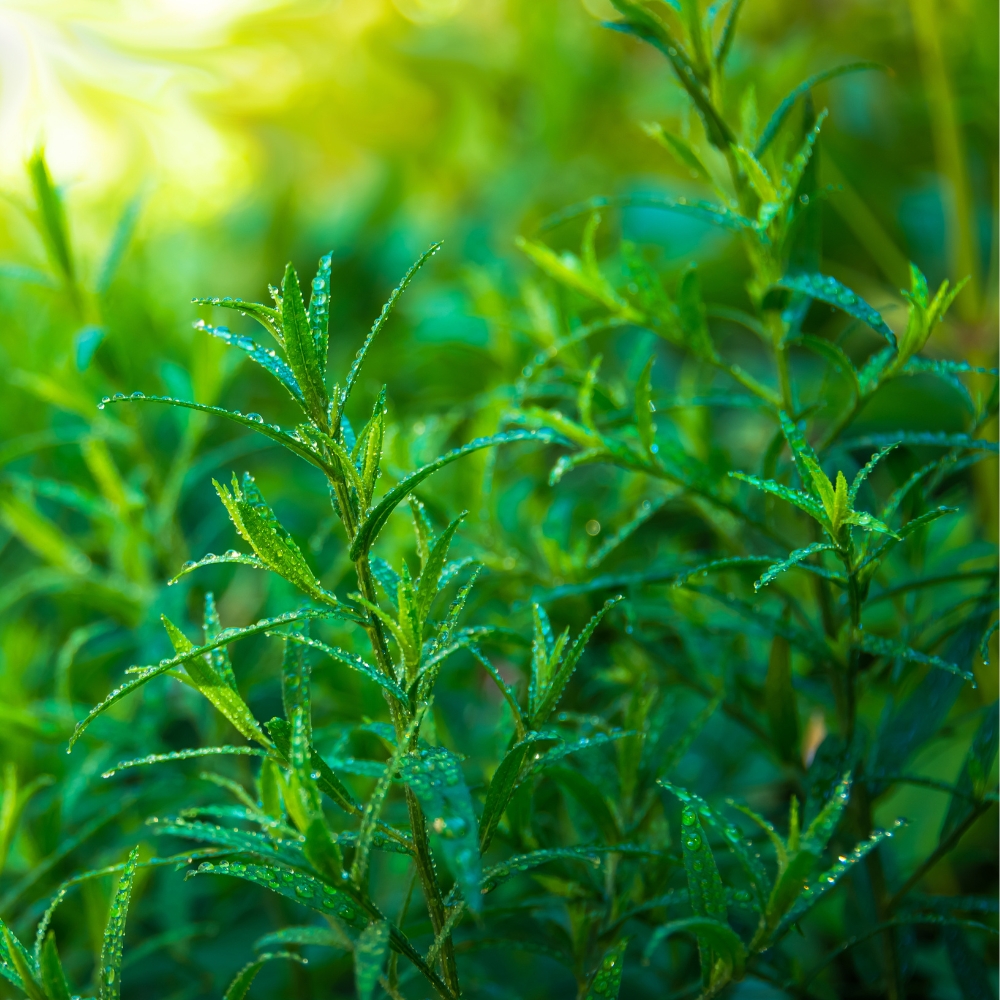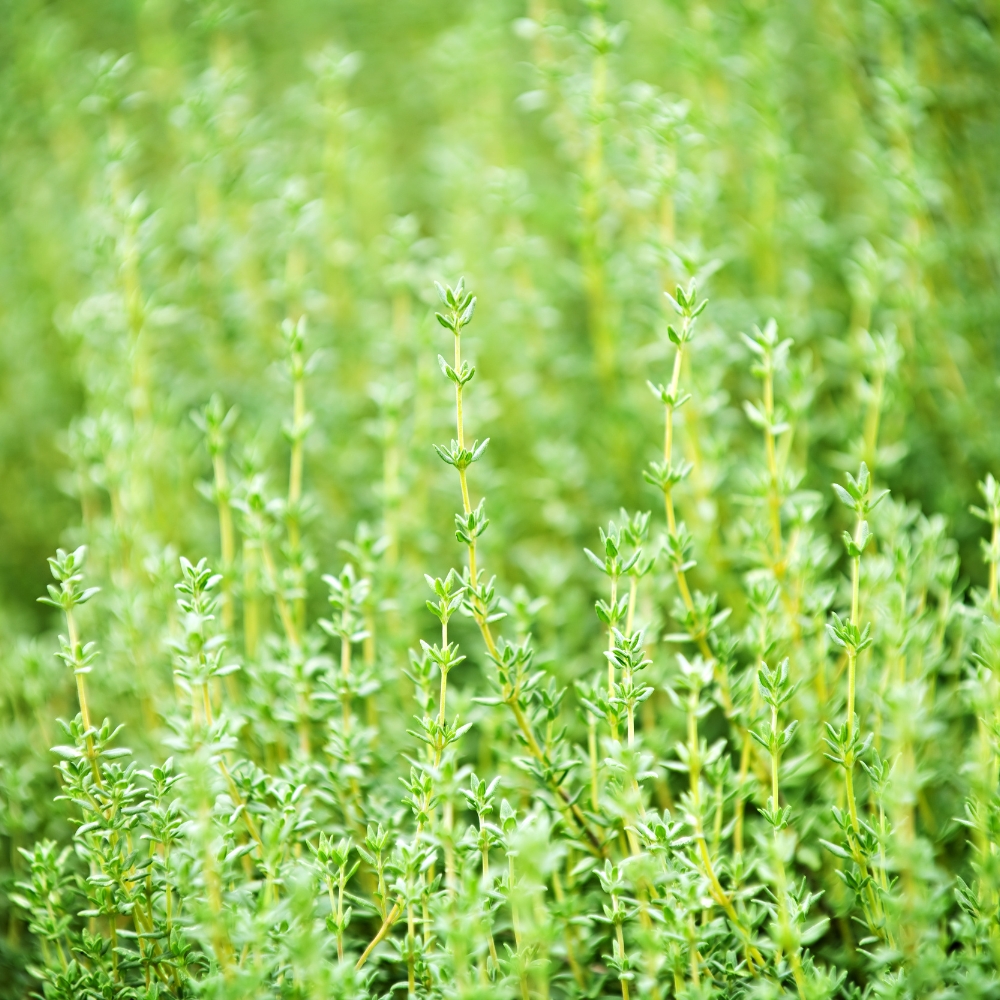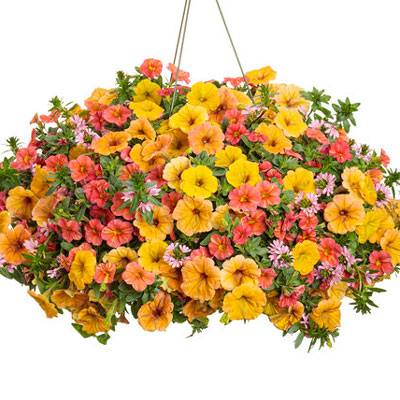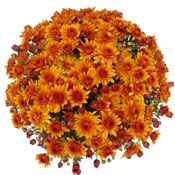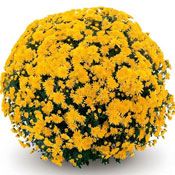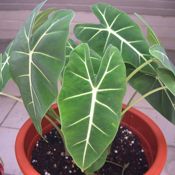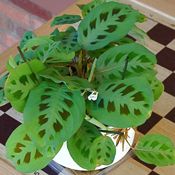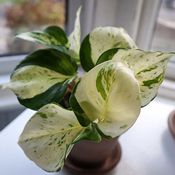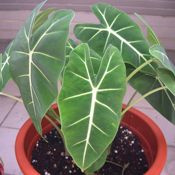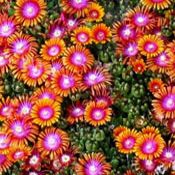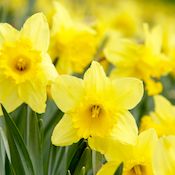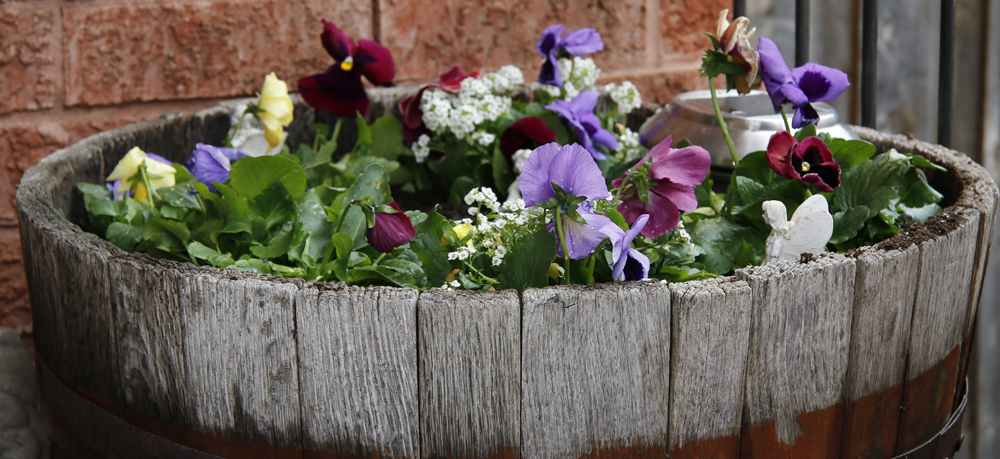
With the onset of spring, gardeners everywhere are welcoming perennial daffodils, crocus, and grape hyacinths, or are shopping for spring annual plants like pansies and dianthus. When the first daffodils poke their sunny, cheery heads above the soil in the spring, you can’t help but smile. Daffodils are the harbinger of spring and the promise of warmer temperatures, leaf-laden trees, perennials that will bloom later, and the annuals that you can plant right now to brighten your garden and landscape.
When planning or adding to your garden, consider planting some early perennial bloomers and annual plants to provide color and fragrance before other flowers bloom. We make it easy, allowing you to preorder your plants, sometimes at a discounted price, ensuring you get the colors and varieties you desire. Then we ship them to your doorstep at the perfect time for planting in your area.
🌼 Primrose Plants
Blooming in March, with those whimsical tiny blossoms coloring your garden until June, petite perennial Primrose plants are the ideal border plant, the first to bloom in your perennial garden, or showing its spring colors along a walkway or driveway. Planted en masse, you can cover a mound as a focal point in your garden or brighten a shady corner with white, yellow, pink, blue, and even maroon hues. These colorful perennial plants make quite the statement when a large grouping of just one or two colors first appears in early spring.
Deadheading these blossoms will ensure continuous and more robust blooming through early summer, and Primrose plants are not known to draw damaging insects, though if you’ve had a lot of rain, you may see snails or slugs in the garden.
🛠 Hardiness Zones: 3-7
🌿 Plant Primrose Plants With:
- Hosta Plants – Taller than Primroses, shade-loving Hosta plants will give a layered look to your garden or partially shaded corner and will provide a stunning backdrop for Primrose colors. Morning sun with afternoon shade will make both of these perennial plants happy. (Zones 3-9)
- Heuchera (Coral Bells) Plants – These perennial plants offer a wide variety of colors to complement the colors of your Primrose plants. Heuchera plants are comfortable in shade to partial sun and will thrive in (Zones 4-9). Coral Bells plants will be blooming just as your Primrose plants stop, though the foliage will be a pleasing curtain in front of which your Primrose will shine throughout its blooming season.
- Astilbe (False Spirea, False Goatsbeard) Plants – Astilbe (uh-STILL-bee) perennial plants will add amazing texture behind your dainty Primrose plants. Bearing plumes of hundreds of tiny blossoms, you can up your garden game in shades of creamy white, luscious lavender, pretty pink, perfect peach, or radiant red. (Zones 4-9)
🛠 Pro Tip: Order your perennial Primrose companions by height, crafting a layered look to your shady garden.
🌸 Pansy Plants
Pansies are a versatile annual plant that prefer cool weather. You can plant them in the spring or in the fall when other plants have not started to bloom or their flowers have faded. Pansies, also called Violas, are easy to find and can be purchased in large quantities, flats of Pansies often being offered at bulk rates. You can usually mix or match, but monochromatic plantings are quite dramatic.
Because Pansies are an annual plant, they will grow in Zones 2-11, though the time you plant them in your area may differ across all of the zones. Most Pansy varieties prefer temperatures between 40° and 60°F, though some of the newer hybrids may be more adaptable to lower or higher temperatures. Pansies are also great container plants to make your shaded patio or front porch a bit more spring-forward.
🌿 Plant Pansy Plants With:
- Sweet Alyssum (Lobularia) Plants – Alyssum plants are an annual plant and an ideal complement to the perky Pansy. Growing about the same height as Pansies, Lobularia plants spread with clusters of a plethora of tiny blossoms.
- Primrose Plants – Interspersing both of these plants—the Pansy (an annual) and the Primrose (a perennial)—creates a palette of pigments and varying textures.
- Ipomoea (Sweet Potato Vine) Plants – This annual plant is grown for its fascinating foliage and is a prolific grower. Available in a variety of hues, from bright chartreuse to almost black, this fast-growing annual can actually be grown as a perennial in some areas (Zones 9-11).
🛠 Pro Tip: Planting a mixture of perennials and annuals enables you to choose a different color palette as your preferences change. It also ensures there is still a garden there long after the annuals may have faded.
🌷 Bulb Plants
Bulb plants are considered perennials. Each year, the top of the plant will die out in the winter, but under the ground, life remains, ready to rise again in the spring—oftentimes with even more blossoms as the bulbs multiply.
Planting Tips:
- Plant bulbs in fall when soil temperature is consistently below 60°F.
- Ensure bulbs are in the ground at least 6 weeks before the first hard frost.
- Use well-draining soil to prevent rotting.
🌼 Daffodil (Narcissus) Bulb Plants
🌿 Zones: 3-8
🗓 Bloom Time: March-May
🌸 Crocus Bulb Plants
🌿 Zones: 3-8
🌸 Colors: Blue, purple, white, yellow, striped
🗓 Bloom Time: Early spring
❄️ Snowdrop (Galanthus) Bulb Plants
🌿 Zones: 3-9
🗓 Bloom Time: Early spring
🌺 Hyacinth Bulb Plants
🌿 Zones: 4-8
🌸 Fragrant & colorful
🗓 Bloom Time: Early-mid spring
🌷 Tulip Bulb Plants
🌿 Zones: 3-8
🌸 Colors: Wide variety, including solids, bi-colored, fringed, and double-flowered
🗓 Bloom Time: April-May
🌱 Protecting Early Bloomers from Late Frost
If a hard frost is forecast once your plants have started to appear, cover them to protect their blooms. Use:
✔️ Lightweight, breathable covers (like bed sheets)
✔️ Secure edges with rocks or heavy items to prevent wind damage
✔️ Uncover plants during the day when temperatures are above freezing
Are YOU Ready for Spring’s Blossoms?
Seeing and smelling the first flowers in the spring is one of life’s simple pleasures. Whether in a backyard garden, urban planters, or wild meadows, these flowers bring joy. They may be fleeting, but their arrival is a sure sign of the beauty ahead—so don’t miss out!

















































































